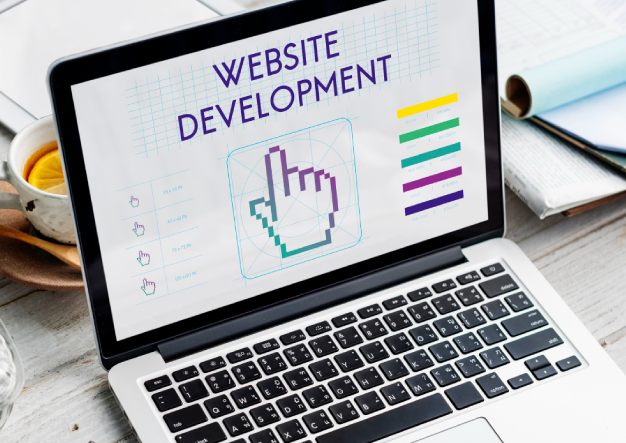
Once you've decided to develop a website or web application, some precise phases and processes must be followed, just like with any architectural job. It is crucial to follow this procedure exactly because omitting a step might result in a variety of unanticipated issues later on in the process of web development. The five key stages of a website project lifecycle, from inception to launch, are described here, along with their significance to the entire process.
Step 1: Information Gathering
Gathering all the necessary data is the first step in starting a website development project. This establishes the framework for the remaining steps. To properly do this, you must first decide what the development's objectives are. Following the creation of a set of realistic objectives, you should conduct a business study to learn more about the goods, rivals, and overall industry you are targeting. Having gathered this data, you can use it to begin planning the development. This data includes product components, competition features, and industry demand.
Step 2: Create a Plan
The crucial stage of the entire procedure is this one. Putting all of the data acquired in the first phase into the cycle that the entire procedure will follow is planning. As a result, the data is divided into sections for design, content, and programming. Once this is resolved, you can begin developing a unique plan that allows each of the essential teams to go forward.
Step 3: Develop and Implement
At this stage, the web development agency adds three distinct steps: design, programming, and content. However, executing each of these components separately lengthens the project's delivery schedule and may force teams to wait for the delivery of materials from other groups before moving further. Your ability to complete these three phases in the same process will be determined by your ability to properly complete planning in the second phase.
3.1 Design
Building website wireframes should be the first stage in the design process. Wireframes are utilized as the starting point for developing the final designs since they illustrate where the page's elements should be placed. The design team should do its research at the wireframing stage of the design process, looking at what your top rivals are doing to determine what works and what doesn't. On pages containing other components that have previously been decided upon with the project management team, they will then add these elements. The design team can begin working on individual design components, such as text, buttons, and pictures, once the site's layout and wireframes are complete and planned.
3.2 Programming
The programming process might begin without design when creating technically complex web applications. This is because complicated logic is generally created without considering the way it will be presented to visitors on the site's front page. Starting system or functional development concurrently with design allows you to maximize the use of your team's time while also reducing the project's total development duration.
3.3 Content Development
The majority of the time, content production doesn't start until after the customer for whom the development is being done has received and accepted the designs. Waiting allows the content team to concentrate their writing efforts on filling the designs rather than having to go back and edit. While waiting, the content team should utilize this time to investigate the topics that they will be writing about, including any significant rivals in the market to make sure the material is optimized for the tone and language prevalent in the sector.
Step 4: Testing
In general, a staging environment is where the three implementation stages go when they are finished. Without granting access to all internet users, a staging environment is created to be as similar to a genuine operational environment as feasible. Before granting access to the ordering customer, the development business often does several testing iterations of web projects in the staging environment. Before the program is tested by the customer, these rounds are intended to find any significant flaws that may be present. Typically, functional testing and design testing are the two forms of testing carried out during this period. The design is tested in the initial stages of testing to make sure it is appropriate.
It is prepared to be submitted to the client for any last-minute comments once the main design testing is finished. Functional testing alters the level of testing. Before delivering it to the customer, rigorous testing is conducted, and once the functionality has been accepted, more relaxed testing is conducted for the functional aspects. This is done to simulate what actual site visitors may encounter.
Step 5: Website Launch
The web project should be ready for launch if the preceding phases were correctly completed, making this the simplest and least demanding of all the steps. The development team will be the sole team involved in the technical aspects of the launch as the live ecosystem for hosting the program should already be configured and set for them to simply install the application. If you've promoted the project's debut date and time and have specified a certain time and day for it to go online, launch at least a day before, and create a landing page. This will give you enough time to make any small changes to the content or design that are required, and it will also give the development team enough time to work out any glitches before the site goes live.
The web development team's job does not finish with the website's launch. You will be accountable as the ones who wrote the code that will power the web project up until it is terminated or its owner hires another person. We are a custom website development company with a focus on developing custom websites. Get in touch with us right now if you are looking for website development services for your next web project. Call (312) 442-0352 or email us at Contact@siteitnow.com



